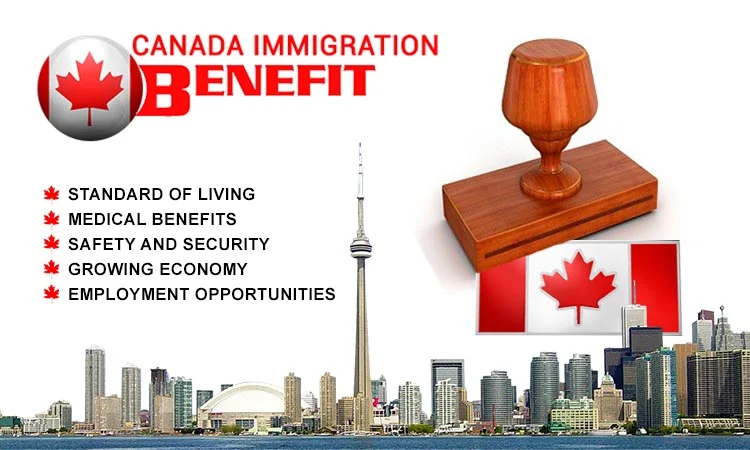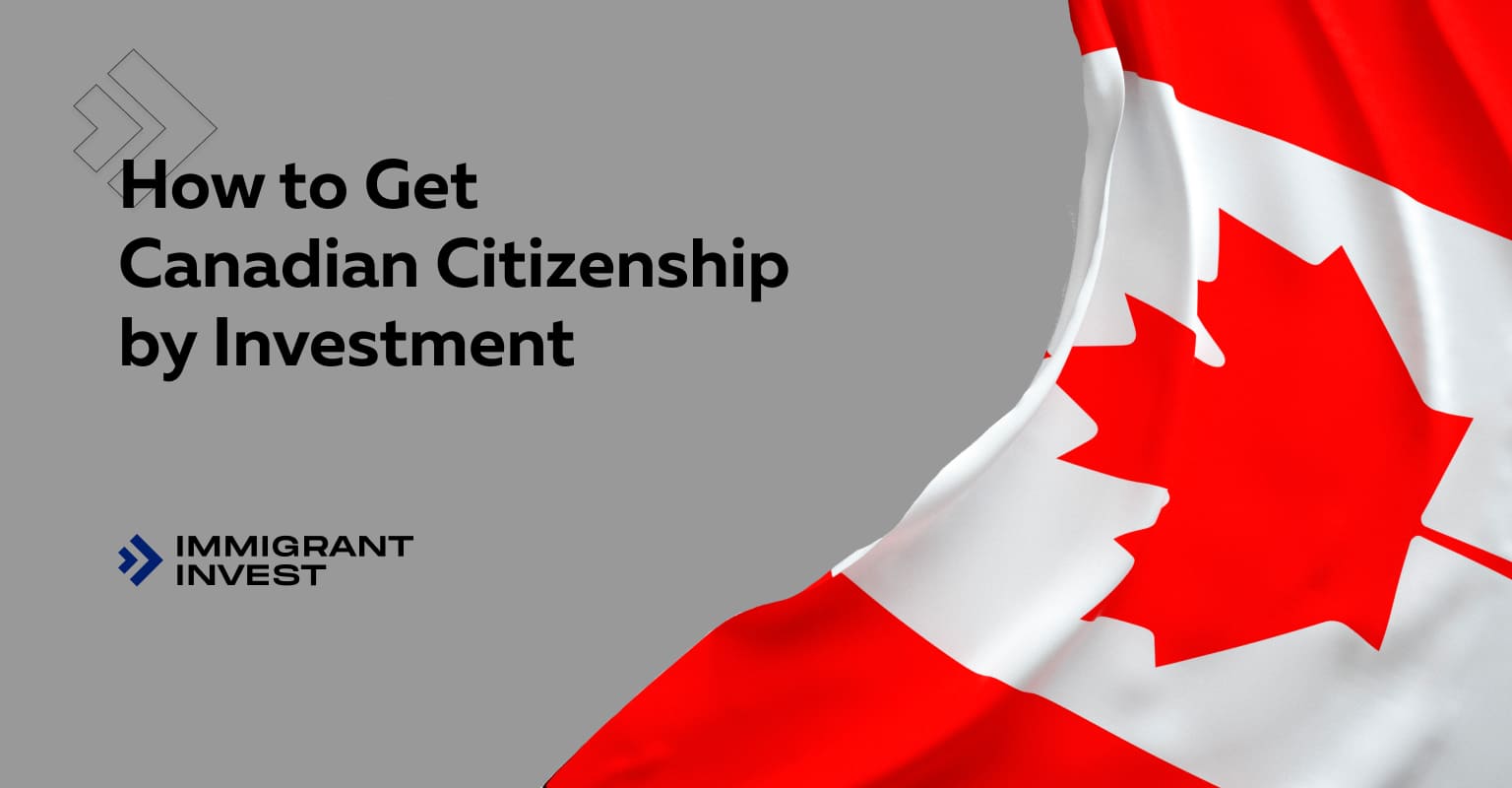SOCIAL PROTECTION CANADA
Canada’s budget is distributed in such a way that the residents themselves receive the maximum benefit from this money. The cost of maintaining the apparatus and other needs of the state here, in terms of per capita. several times less than in Russia.
Canada maintains a small army, does not spend taxpayer money to keep unprofitable enterprises afloat, and the size of the state apparatus is so small that it costs Canadians much less to maintain it than Russians.
These and other advantages of Canada’s well thought out system of economic, social and state management have enabled Canada to create one of the most humane social systems.
The essence of this system lies in the fact that the state guarantees a certain standard of living to any person, whether he is a citizen of Canada, permanently residing in the country or a refugee.
In this way, Canada excludes the appearance of a class of people below the poverty line on its soil.
Such a social policy, combined with a high level of moral stability and efficient work of law enforcement agencies, allows Canada to remain one of the safest countries in the world, where the crime rate is incredibly low and social conflicts are practically absent.
Taxes go mainly to social programs. Canadians often refer to their social security system as the “social security system”. If you do not have a job, but you are persistently looking for one, then you can receive benefits for 50 weeks. It also does not apply to employees who resigned of their own accord or were dismissed for violating labor discipline.
In the event of the death of the breadwinner, dependents are supposed to receive money for the funeral, a monthly pension and a one-time payment.
Seniors can receive a variety of benefits designed to help keep Canadians in a secure old age.

These benefits are paid by the following funds:
The Canadian Pension Fund (CPF) is designed to provide pensions to millions of Canadian residents who have reached retirement age (65). Contributions to this fund are obligatory for all employees, and the amount of deductions increases in proportion to the increase in income.
The pension fund receives money from both employees and private entrepreneurs. All residents over 65 receive a pension, regardless of whether they continue to work or go on vacation. If you decide to retire at the age of 60, you will be paid an incomplete pension. However, upon reaching the age of 65 you will be entitled to a full pension.
The pension is paid monthly; its size is constantly increasing to protect against inflation. The Pension Fund also pays disability pensions, but only those people who are officially recognized as disabled by the CPF can receive them. Pensions, like unemployment benefits, are subject to income tax.
Fund “Quiet old age”. Pensions from this fund are paid to Canadian citizens and residents of Canada who have reached the age of 65. The possibility of receiving a pension and its size depend on the length of residence in Canada.
To receive a full pension, you must have lived in Canada for at least forty years after reaching the age of majority. An incomplete pension can be obtained by living in the country for at least 10 years after reaching the age of 18. Pensions from this fund are paid only within Canada.
The Supplementary Pension Fund pays benefits to those already receiving a pension from the Quiet Old Age Fund. This allowance is for people with little or no income.
This small allowance is paid to those who are between 60 and 64 years old, and their spouse (wife) receives a pension from the Quiet Old Age Fund and an additional pension. The amount and eligibility for this benefit depends on the couple’s combined income and length of residence in Canada. Widows and widowers can also receive this benefit, which is tax free.
Welfare
Canada attracts waves of immigrants with a high level of social protection for its residents. Sometimes immigration officials are faced with the fears of potential immigrants who doubt the possibility of a quick job, and therefore the lack of livelihood.
This will not happen in Canada, because any immigrant who fails to find a job within a certain period of time can apply to the local branch of state social assistance for financial assistance.

The most common type of benefits in Canada is GAIN (other names are Welfare and Social Assistance), it is issued to those who want to find a job, but are temporarily unable to.
The essence of the welfare system is that any person legally residing in Canada, whose income level for any reason is below the poverty line, can count on financial assistance from the state.
What are the poverty criteria that are considered for receiving benefits? A welfare recipient is allowed to have one personal car, one personal property, and cash savings up to a certain limit – for one person under 55 years old – 500.
for a childless couple under 55 years old -1000, for a couple with a child or for a parent with a child 5500 (+500 for each subsequent child).
Many of the newly arrived immigrants pass through the Welfare system. The procedure for issuing a welfare program takes several days and consists of passing an interview at a welfare office and collecting bank and other information.
The employees of this organization, through their own channels, check whether the applicant’s words are true and assign a benefit (welfare).
The check is as follows: the applicant shows how much money he brought with him to Canada and then demonstrates, confirming with checks, what he spent it on.
An immigrant applying for a welfare program has the right to spend the money he brought with him on renting housing according to Canadian standards (no more than one bedroom for each family member).
on the purchase of furniture, household appliances, clothes, other household items (but not luxury items), car (used), food according to established Canadian standards, etc. Expenses for the purchase of goods that are not essential or exceed a certain amount may not be taken into account when calculating benefits.


